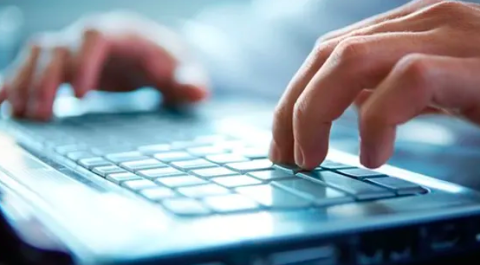This is an independent opinion. Have one of your own? Write it! Email it to hoa@ivn.us
“Until we get equality in education, we won’t have an equal society” Supreme Court Justice Sonia Sotomayor
Communities across San Diego are facing challenges of remote learning as K-12 schools have shifted to online classes or have been forced to go remote due to the COVID-19 pandemic. School closures have created a situation where the most disadvantaged children are most likely to lose out on the opportunity to keep learning.
An estimated 53,000 San Diegans do not have access to the Internet.
The families I represent in my Council District face challenges that are deeper than a digital divide. Distance learning is hard for everyone. But the contrast between a family equipped with all the latest technology in a large house in Carmel Valley compared with a family cramped in a one-bedroom apartment in San Ysidro without access to the Internet is glaring. Older students in District 8 play the role of teacher and parent to their younger siblings while their parents work two or three jobs, or in some cases, students have to work to help their family.
According to the San Diego County Office of Education, nearly 100,000 students in San Diego County, 1/5 of the public school population, lack access to the Internet at home or are under-connected. Approximately 65% of those students are concentrated in the southern and remote rural areas of the county.
This digital divide stems from poverty and the economic barriers that limit resources and prevent people from obtaining or otherwise using newer technologies. The digital divide plus distance learning creates an unequal educational system based on wealth. The pandemic has shown the basic need for public broadband for every household.
School districts need to adopt policies such as giving preferential access to school-based learning for the most disadvantaged, since more privileged students will be better equipped to study online.
This is why the city of San Diego advocated for additional resources to bridge the digital divide and take steps to flatten the curve on inequity. Due to our advocacy, $500,000 was added to the Mayor Kevin Faulconer’s budget proposal in the June budget to begin to bridge the digital divide by providing disadvantaged communities with access to the internet.
We still have more to do. My office, along with the offices of Council President Georgette Gómez and Councilmember Monica Montgomery Steppe, have been a part of a working group to identify Internet-access options that can be deployed quickly, as well as develop longer-term solutions. Our working group determined that the fastest way to expand access is by using City facilities already located in neighborhoods throughout San Diego.
"This pandemic has made it clear that not only is Internet access a human right, but also that basic access is not enough."
Twelve libraries have reopened and are offering limited access to computers and Wi-Fi inside including the Logan Heights Library and the San Ysidro Library.
Outdoor digital patios are being created at a small but growing number of libraries where residents can use City laptops during open library hours. The furniture and laptops will be sanitized between uses, and workstations will be socially distant according to public-health orders.
Other libraries and some recreation centers – thanks to the San Diego Parks Foundation – produce WiFi signals that extend beyond their physical walls, onto sidewalks and into parking lots. Residents with their own devices can access these signals at all hours for free.
The City is gathering cost estimates on options to expand WiFi access at more libraries, recreation centers, and other facilities, purchase in-home Internet hotspots that can be checked out just like a book, and partner with the San Diego Unified School District in allowing all residents to access the Internet at their local school.
This pandemic has made it clear that not only is Internet access a human right, but also that basic access is not enough. The digital divide today is impacting California’s future leaders. All students must have Internet access and support for distance learning. We cannot stay silent while students fall further behind and educational inequality continues to worsen.
Reliable Internet service has become a necessary component of modern life, similar to utilities like electricity or telephone service, and we as a community must do more for our underserved students.
